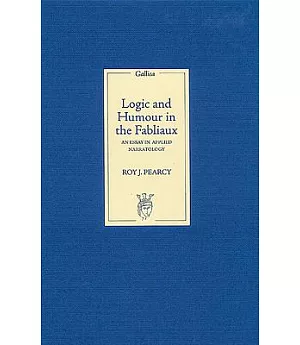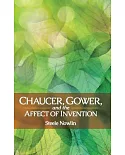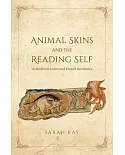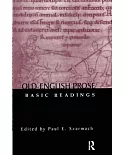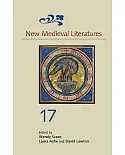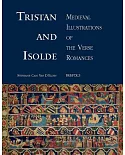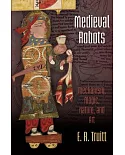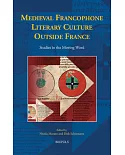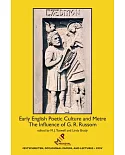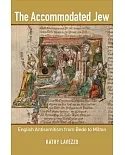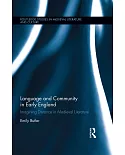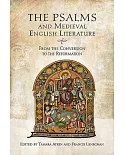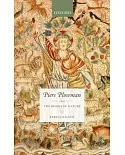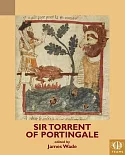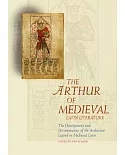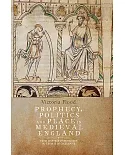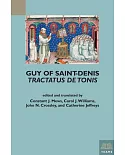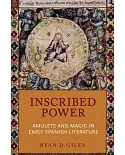Joseph B�穢dier's 1893 definition of the fabliaux as 'funny stories in verse' is still widely accepted as the best brief and general description for a heterogeneous collection of texts. But the
heterogeneity creates difficulties and at the periphery of the canon all three of the criteria included in B�穢dier's definition are open to question. The inventory proposed in the current study
is based on a new structural definition, a conjointure, akin to that of romance, combining a logical episteme with a rhetorical narreme. The episteme features a contradictory taken from Boolean
algebra, and assumes four different forms, depending on whether ambiguity resulting from the contradictory is understood by neither, by both, or by either the sender or the receiver of a
message, In the first two instances, a character foreign to the episteme intervenes to resolve confusion in the narreme, or appears as the victim of the sophistical assumption of a
contrary-to-fact reality; in the latter instances the sender or the receiver of the message in the episteme triumphs in the narreme. The resulting inventory, including and augmenting the texts
admitted by Per Nykrog and discarding numerous stories already challenged for authenticity, is theoretically defensible to a degree not previously achieved. ROY PEARCY is an Honorary Research
Fellow of the University of London.

